Resolving design faults in steel mill
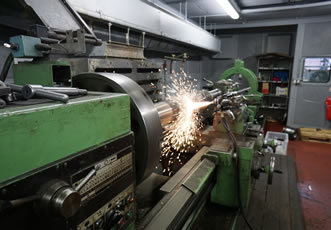
Requiring a combination of in-house engineering skills and a partnership with a well-resourced, specialist repair provider, keeping lost production time to a minimum is a challenge. This became evident for one steel mill when a bearing failure caused a production line to stop and an urgent repair was required. Calling on Sulzer engineers, the plant initiated a round-the-clock repair procedure that minimised downtime and delivered a cost effective and long-lasting solution.
Any time invested in maintenance needs to be minimised and repairs need to be completed on time, but dealing with ‘enclosed’ pieces of equipment such as pumps and gearboxes can often reveal unexpected damage.
What may appear as a simple repair can quickly develop into a much larger concern once the covers have been removed and the initial investigations are carried out. The extent of the issues found may be beyond the technical capabilities of a customer’s in-house maintenance department. In such situations, entrusting the repair to a proven, multi-disciplined maintenance provider may be the most cost-effective solution.
In this particular case, a 15-shaft gearbox on a steel coil levelling line had suffered from a failed bearing and the maintenance manager immediately asked the local Sulzer engineer to attend site and discuss possible options. Having been reassured that the local service centre could complete the inspection and repair, field engineers started to prepare the gearbox for shipment.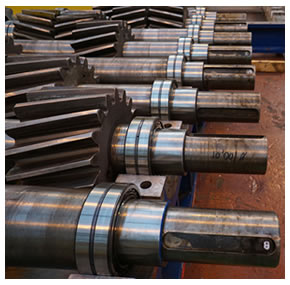
Sulzer took delivery of the gearbox at 2am the next morning and the process of disassembly and detailed inspection began. From the outset, a list of issues was drawn up and the customer was frequently advised on progress. Even with all of the securing bolts removed, the casing was difficult to open; this was potentially a problem caused by excessive sealant use. In fact, it appeared the sealant may have also blocked the oil galleries lubricating the shaft bearings and was a likely contributing factor to the bearing failure.
As the inspection progressed, the customer was informed on all of the findings which were likely to have contributed in the failure of the gearbox; the bearings themselves were not uniform as they varied in dimensions both in diameter and width, despite their critical need to be identical. This discrepancy in the dimensions had a knock-on effect to the spacers on each shaft as they, too, were all different, each one a bespoke size to accommodate the variation in the bearing dimensions.
Aneil Hanafiah, Mechanical Engineer explained: “It soon became apparent that the gearbox was an original design that had been copied. We measured several dimensions repeatedly because they seemed to be so far out from what we were expecting. We invited the customer to come and inspect the various components in order to gain a better understanding of the scale of the final repair.”
Almost every component within the gearbox had to be remanufactured or repaired in some form, either due to poor original manufacturing or through wear caused by inaccurate assembly. Even the keyways on the shafts that held the gears in position were off-centre both radially and axially. This would soon be resolved by slightly enlarging the keyways so that the new position could be aligned on each shaft; and the new keys were manufactured so that the gears could locate into the correct positions.
With lubrication supplies to the bearings being critical to the smooth running of the gearbox, the misalignment of the oil galleries in the bearings was the next problem area to resolve. Again, these were re-machined and positioned in the correct location so that the new, quality bearings would now have sufficient lubrication. Several of the shafts were repaired using a wire thermal spray process and then machined back to the design tolerance for a perfect fit. Two shafts were beyond repair and so the machine shop manufactured new components as replacements.
On the positive side, the original gears were inspected with a penetrating dye and all were found to be undamaged. Some minor wear was found and refurbished before they were reassembled into the gearbox. The robustness of the gears appeared in direct contrast to the rest of the gearbox, leading the engineers to question if the gearbox had originally been manufactured in parts, in separate locations, prior to original assembly.
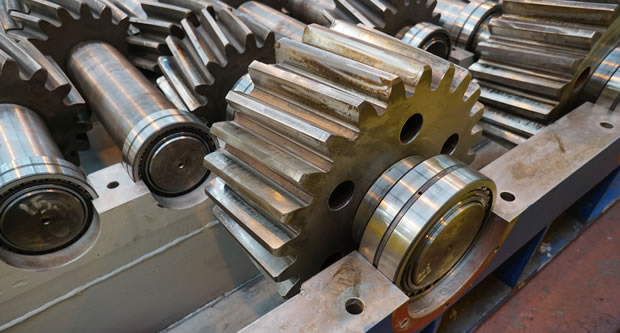
Throughout the repair project, the customer was regularly updated on progress and despite the considerably broadened scope, the deadline for completion was still met. All of the damage was repaired and all components were manufactured and assembled to best engineering practices, which significantly improves the durability of the gearbox. Repairs by Sulzer are recognised by the quality of workmanship which has been proven to increase the service life of an asset and maintain long-term reliability.
Hanafiah concluded: “This particular example illustrates the potential for a relatively simple repair to escalate into something much more complex. It also shows how the purchase of what could be imitation products without knowledge can sometimes lead to additional maintenance costs that will often far outweigh the initial low cost benefit. Now termed as the Total Cost of Ownership (TCO), this approach takes into account the long term implications of running and maintenance costs and gives us a more realistic value to high quality equipment and repairs.”
Similar articles
More from Sulzer Ltd
- Construction of Sulzer’s new Birmingham Service Centre on track 8th September 2020
- Electrical distribution powered up for holiday period 1st July 2020
- Rapid reverse engineering 18th December 2019
- The future of the oil and gas sector is now 25th October 2019

-(1)ed.jpg)
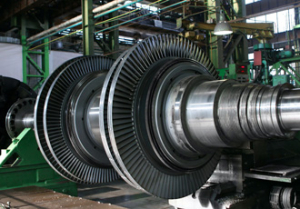
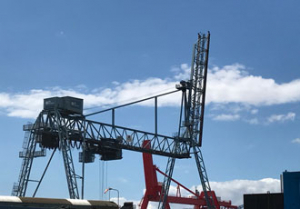








Write a comment
No comments